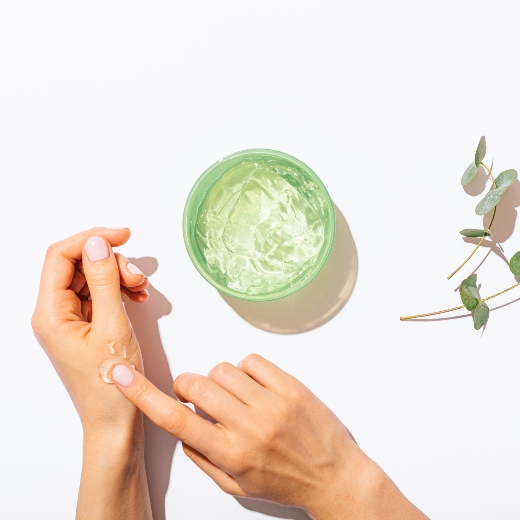Scars are part of our skin’s natural healing repair cycle. In order to protect the wound from unlikely elements from the outside, collagen starts to build up to where the tissue is damaged for it to strengthen and get cured.
While scars usually fade as time passes by, there are those that don’t respond well to natural and homemade remedies. Hence, many have turned into scar gels to prevent the formation of pathologic scars and improve mature scars.1 But does scar gel really work? Is scar gel effective? If so, what’s the best scar gel on the market?
What is a Scar Gel?
Basically, scar gels are treatments designed to help the skin restore its natural look and feel. The ingredients used in most scar gels aim to target damaged skin tissue and reduce the appearance of scars. These scar gels also contain special ingredients that hydrate the cells to prevent the wound from drying out and forming a scab.
While there are a number of brands that claim to be the best scar gel on the market, the effects of scar gels may vary from one person to another. Aside from scar gel ingredients, there are other factors that may affect the healing process of the skin, including the type of scar, skin reaction, and environmental conditions.
How to Minimize Scarring?
According to experts, by far, the most effective way of improving the appearance of scars is through laser treatment. Microneedling has also become a popular choice among many. But if the goal is to restore the skin’s natural look, then the use of scar gel may also be an effective alternative.
To reduce the appearance of scars caused by scratches or injuries, dermatologists suggest to:
1. Make sure that the cuts and scrapes are always clean and covered.
Before applying scar gels, it is highly recommended to use wash the affected area with mild soap and water in order to keep out the germs and remove debris. Antibacterial cream or ointment may also be considered before covering the wound with a bandage.
This is very important because the presence of bacteria and impurities may trigger infection and inflame the wound; hence possibly enhancing the scar formation.
2. Avoid scratching the wound.
Yes, it could get frustrating. The skin’s healing process may require wounds to feel very itchy. But as much as possible, fight the temptation to scratch. If you do so, you can only expect the wound to inflame and make more scars.
3. Keep it moisturized.
Topicals may be used to prevent skin irritation, stimulate skin regeneration, and promote wound healing.2 In most cases, people have been using petroleum jelly to keep the wound from drying out and forming into a scab – which takes a longer time to heal.
What’s the Best Scar Gel in the Market?
Time may heal all wounds but the scars, if not treated well, may remain as an unsightly, itchy, and painful reminder of the past. If your brand aims to boost the confidence of people and bring out the best in them, then we, at The Omnium Group, would be happy to support your endeavor.
Allow us to work with you in creating the best scar gel in the market. As the leading manufacturing and private labeling company in Riverside and San Bernardino Valley, California, we are capable of creating a specific formulation based on your product development needs. Our team of experts has years of experience in the industry – allowing them to help you make the best choices for your brand from formulation to packaging and design.
Contact us now and let’s bring together the best scar gel in the market!
References:
1 Tran B, Wu JJ, Ratner D, Han G. Topical Scar Treatment Products for Wounds: A Systematic Review. Dermatol Surg. 2020 Dec;46(12):1564-1571. DOI: 10.1097/DSS.0000000000002712. PMID: 32932267.
2 Proksch E, de Bony R, Trapp S, Boudon S. Topical use of dexpanthenol: a 70th-anniversary article. J Dermatolog Treat. 2017 Dec;28(8):766-773. DOI: 10.1080/09546634.2017.1325310. Epub 2017 May 14. PMID: 28503966.
